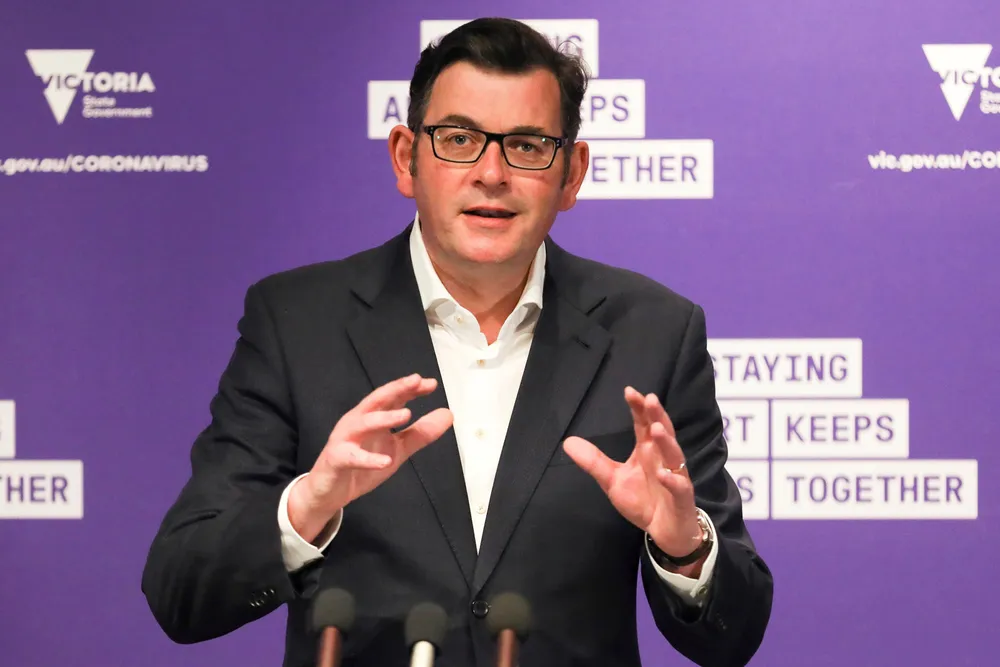Australian state lays out 9 GW offshore wind plan
Victoria sets out strategy while federal government draws criticism for its lack of direction on renewables

Victoria sets out strategy while federal government draws criticism for its lack of direction on renewables
